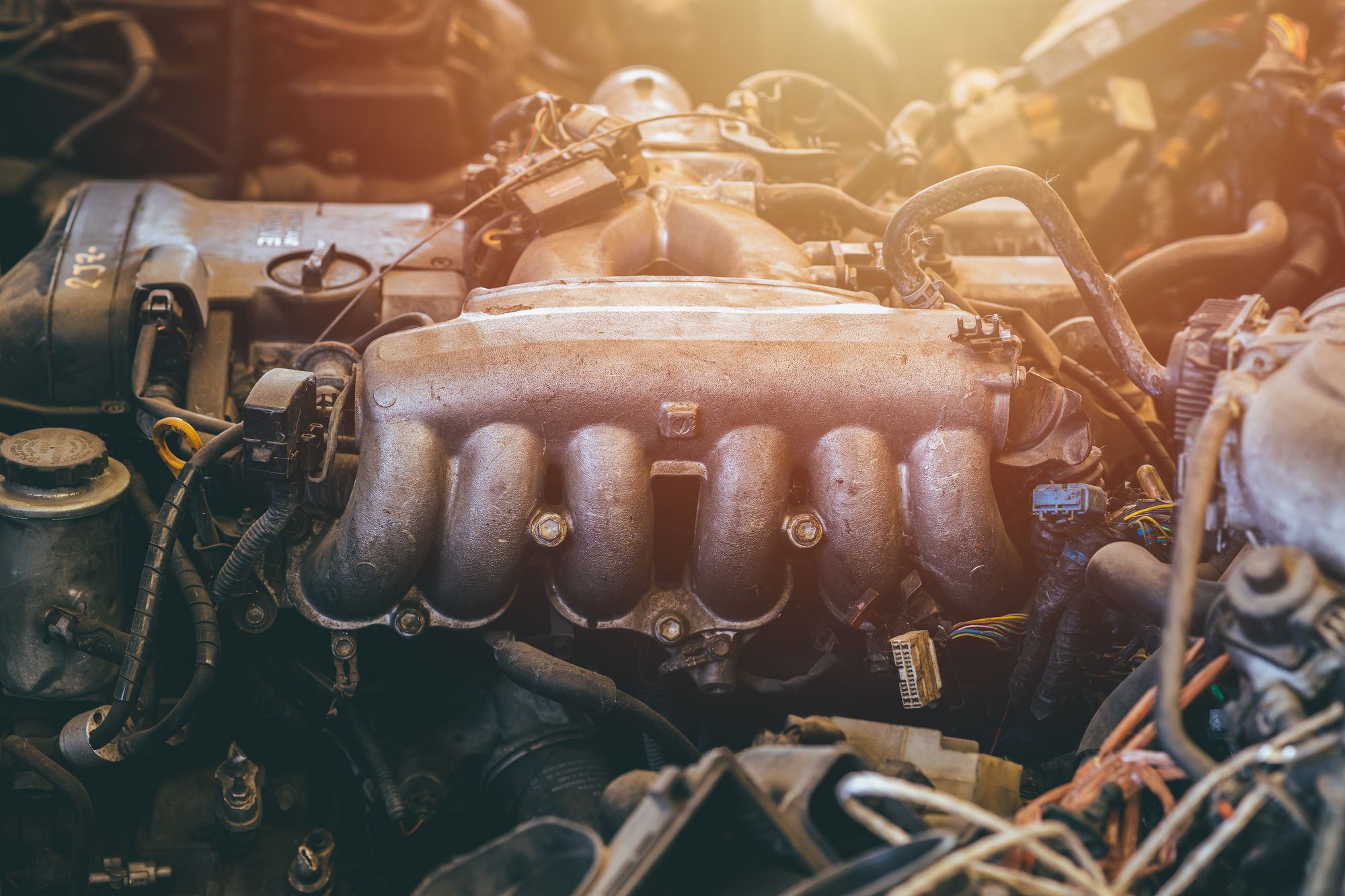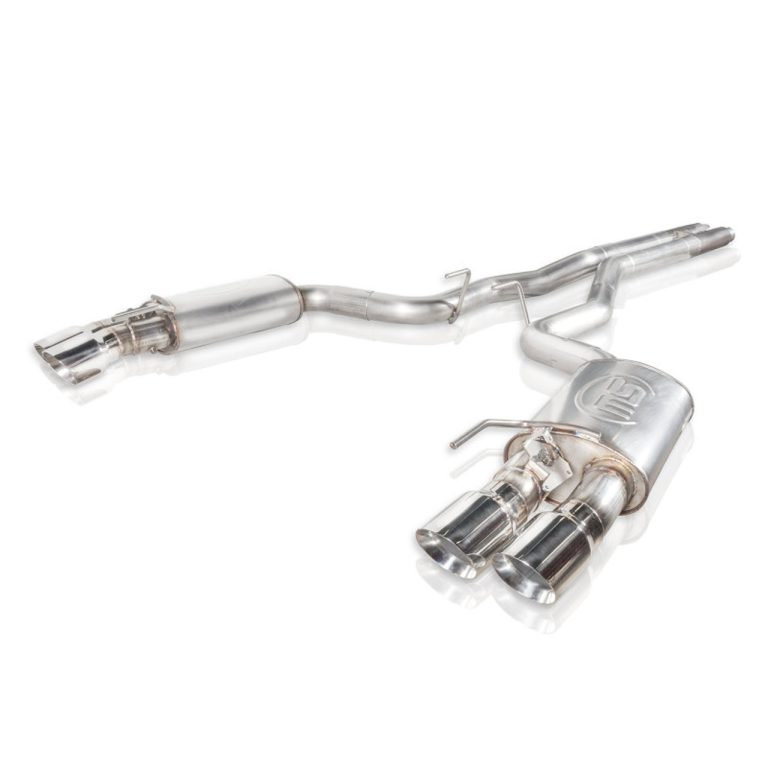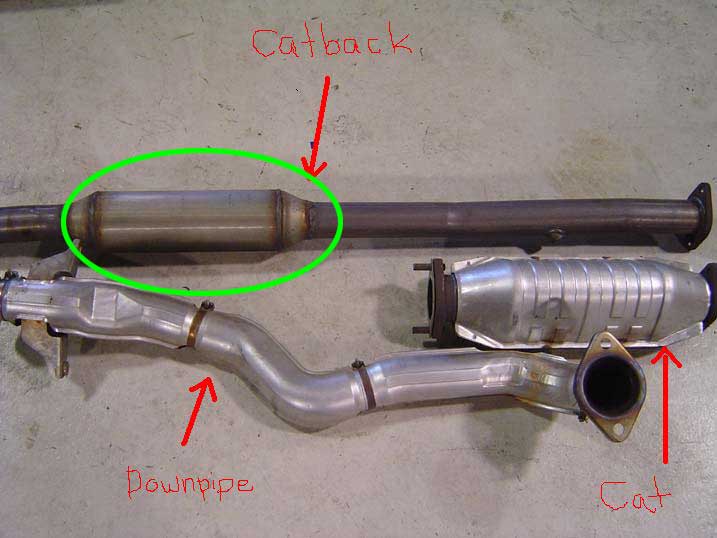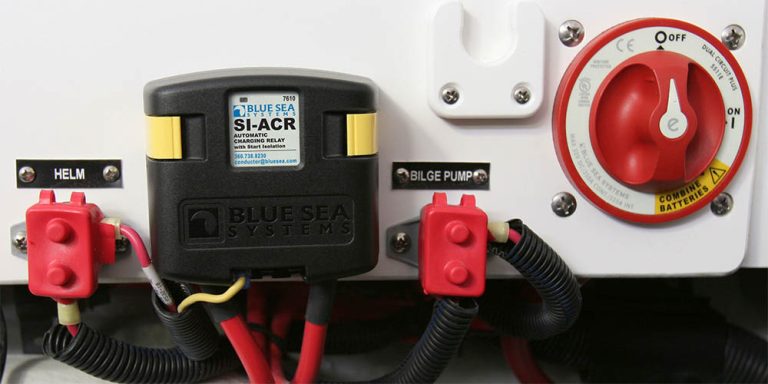What is an Exhaust Manifold? Everything You Need to Know!
An exhaust manifold collects exhaust gases from multiple cylinders into one pipe, serving as the first component in the exhaust system of a vehicle. This essential automotive part directs the exhaust fumes to the catalytic converter, and in turbocharged engines, it is located downstream of the exhaust manifold.
A failing exhaust manifold can result in abnormal noises and reduced fuel efficiency. It can also lead to issues such as burnt exhaust valves, damaged oxygen sensors, and premature catalytic converter failure. It is important to address any problems with the exhaust manifold promptly to prevent further damage and ensure safe operation of the vehicle.
Introduction To Exhaust Manifold
E engine’s cylinders and directs them into a single pipe. It plays a vital role in ensuring the proper functioning of the engine by removing the exhaust gases efficiently. The manifold is designed to withstand high temperatures and is usually made of cast iron or steel.
Its main function is to improve engine performance by helping to expel the gases quickly and efficiently, reducing backpressure and allowing the engine to breathe more effectively. Additionally, it helps in reducing noise and emissions produced during the combustion process.
Overall, the exhaust manifold is a critical component of the vehicle’s exhaust system, ensuring optimal performance and environmental friendliness.
How Does An Exhaust Manifold Work?
The exhaust manifold plays a vital role in the functioning of a vehicle’s engine. Its main purpose is to collect the exhaust gases emitted from multiple cylinders and channel them into a single pipe. This allows for efficient and effective removal of the gases from the engine.
The word “manifold” refers to the combining of various inputs and outputs. By collecting the exhaust gases in one place, the manifold helps to optimize the flow of gases and improve engine performance and efficiency. It is crucial to ensure that the exhaust gas flow is proper, as any blockages or restrictions can negatively impact the engine’s performance.
Therefore, the exhaust manifold plays a significant role in maintaining the overall health and functionality of the engine.
Construction And Components Of Exhaust Manifold
Construction and Components of Exhaust Manifold The exhaust manifold plays a crucial role in the functioning of an automobile’s exhaust system. It is responsible for collecting the exhaust gases from multiple cylinders and directing them into one pipe. The design and structure of the exhaust manifold are carefully crafted to ensure efficient flow and maximum performance.
Various materials, such as cast iron or stainless steel, are used in its manufacturing to withstand high temperatures and maintain durability. The manifold is equipped with gaskets to provide a tight seal and prevent any leaks. Other components, such as heat shields and studs, are also involved to enhance functionality and ensure proper installation.
Overall, the exhaust manifold is an integral part of an automobile’s exhaust system, contributing to the efficient removal of exhaust gases from the engine.
Signs Of A Failing Exhaust Manifold
Exhaust Manifold Explained An exhaust manifold plays a crucial role in an automobile’s exhaust system. It collects the exhaust gases from multiple cylinders and directs them into one pipe, ensuring efficient flow and improved engine performance. Common signs of a failing exhaust manifold include loud and unusual noises, decreased power and acceleration, and an increase in fuel consumption.
It is important to regularly inspect and maintain the exhaust manifold to prevent further damage to the vehicle’s overall performance and emissions. Neglecting these issues can lead to burned exhaust valves, damaged oxygen sensors, and even premature failure of the catalytic converter.
If you notice any of these symptoms, it’s best to seek professional help since a leaking exhaust manifold can pose safety hazards. By understanding the purpose and importance of the exhaust manifold, you can ensure your vehicle’s optimal functioning.
Choosing The Right Exhaust Manifold
Choosing the right exhaust manifold is crucial when it comes to optimizing your vehicle’s performance. Considerations such as compatibility with specific engine types and models should be taken into account. Additionally, exploring the performance and aftermarket options available is essential.
An exhaust manifold collects exhaust gases from multiple cylinders and directs them into one pipe. This folding together of multiple inputs and outputs improves engine efficiency. When selecting an exhaust manifold, it is important to ensure that it is suitable for your engine and can withstand the demands of your vehicle.
By choosing the right exhaust manifold, you can enhance your vehicle’s performance and enjoy a smoother driving experience.

Credit: burnsstainless.com
Installation And Replacement Of Exhaust Manifold
The installation and replacement of an exhaust manifold involves a step-by-step process for installing a new one. There are professional and DIY options for replacement, and costs vary depending on the specific situation. Starting with automotive engineering, an exhaust manifold collects exhaust gases from multiple cylinders into one pipe.
The word manifold refers to the folding together of multiple inputs and outputs. Signs that you may need to replace your exhaust manifold include a burning smell, damaged oxygen sensors, or increased fuel consumption. When an exhaust manifold goes bad, it can cause various problems such as damaged valves, premature catalytic converter failure, and increased fuel consumption.
It’s crucial to have a professional handle a leaking exhaust manifold due to potential safety hazards. Proper installation and replacement of the exhaust manifold can ensure efficient exhaust flow and optimal engine performance.
Maintenance And Care Tips For Exhaust Manifold
Maintenance and Care Tips for Exhaust Manifold To ensure the longevity and optimal performance of your exhaust manifold, proper cleaning and maintenance procedures are essential. Regular inspection of the manifold is crucial in identifying and addressing minor issues before they turn into major problems.
This includes checking for any signs of wear, cracks, or leaks. Additionally, preventive measures such as using high-quality exhaust gaskets and tightening the manifold bolts can help avoid premature wear and damage. When cleaning the manifold, it is important to use products specifically designed for exhaust systems and avoid abrasive materials that can cause scratches or corrosion.
By following these maintenance and care tips, you can prolong the lifespan of your exhaust manifold and prevent costly repairs down the line.
Frequently Asked Questions For What Is An Exhaust Manifold
How Much Does It Cost To Replace An Exhaust Manifold?
The cost to replace an exhaust manifold varies, but it typically ranges from $300 to $800.
What Happens When An Exhaust Manifold Goes Bad?
When an exhaust manifold goes bad, it can cause exhaust valves to burn, damage oxygen sensors, and lead to premature catalytic converter failure. Additionally, it may increase fuel consumption and pose a safety risk.
What Is The Purpose Of An Exhaust Manifold?
An exhaust manifold collects exhaust gases from multiple cylinders and directs them to the catalytic converter.
How Do You Know If Your Exhaust Manifold Is Bad?
Signs that your exhaust manifold is bad include abnormal noises, poor fuel economy, strange smells, lack of acceleration power, and the check engine light turning on.
Conclusion
Overall, an exhaust manifold plays a crucial role in the function of a car’s exhaust system. It collects the exhaust gases from multiple cylinders and directs them to the catalytic converter or turbocharger. If the exhaust manifold is faulty or damaged, it can lead to various problems such as abnormal noises, poor fuel economy, strange smells, lack of acceleration power, and even damage to other components like the oxygen sensors or catalytic converter.
Therefore, it is important to regularly inspect and maintain the exhaust manifold to ensure optimal performance and fuel efficiency. If any signs of a failing exhaust manifold are noticed, it is recommended to seek professional help for repairs, as a leaking exhaust manifold can be dangerous.
By understanding the purpose and importance of an exhaust manifold, car owners can take necessary precautions and keep their vehicles running smoothly.





